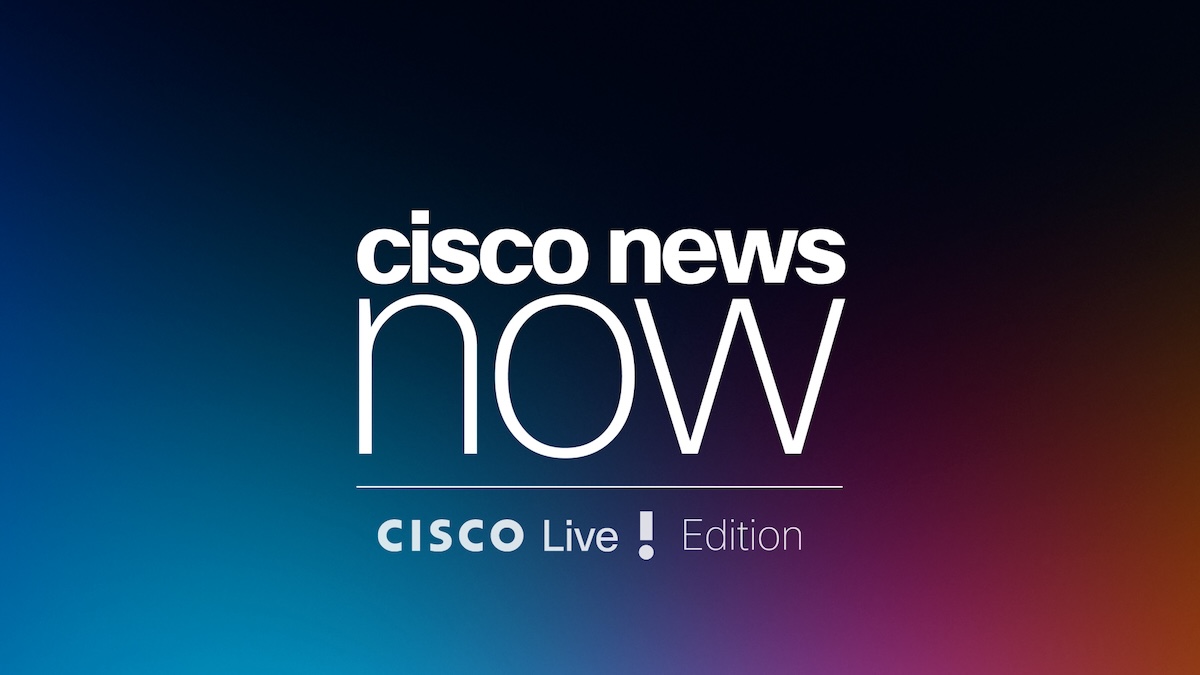ADSL Technology Licensing Agreement with Cisco Marks Intel's First Step to Deliver Broadband Access Technology
HILLSBORO, Ore., -- July 15, 1999 -- Intel Corporation today announced plans to deliver broadband connectivity devices aimed at providing residential and small business users faster access to the Internet. Intel's entrance into the emerging broadband marketplace marks its intent to make high-speed access-typically 25 times faster than the fastest analog modems-more affordable and widely available to end users.
As part of Intel's broadband strategy, Intel's Broadband Access Operation (BAO) has entered into a technology agreement with Cisco Systems, Inc. to develop, manufacture and market a line of PC-based Asymmetrical Digital Subscriber Line (ADSL) modems compatible with Cisco's Central Office DSL equipment. DSL is a method of providing high-speed Internet access over the same copper telephone wires that provide traditional telephone services.
"Faster, simpler access to the Internet is a key component to Intel's vision of a billion connected people in the next decade," said Mark Christensen, vice president and general manager of Intel's Network Communications Group. "Intel has been active in developing broadband industry standards for several years and is continuing to invest in both technologies and companies to foster greater acceptance of broadband technology."
Worldwide DSL subscribers are expected to increase 150 percent in 1999 and reach two million new subscribers in 2000, according to Cahners In-Stat Group, an independent industry analyst firm.**
"Many of the benefits emerging in the new Internet economy aren't being realized by consumers because their access is limited to 56k modems," said Shannon Pleasant, senior analyst for Cahners In-Stat Group. "We expect 1999 and 2000 to be watershed years for DSL as consumers take advantage of broadband to make e-commerce and other breakthrough features and services of the Internet part of their daily lives."
One of the primary enablers of this mass-market growth is the development of worldwide DSL standards such as G.lite (ITU G.992.2) and G.DMT (ITU G.992.1). These industry standards will help reduce the cost and complexity for consumers of installing DSL modems and will help PC manufacturers to make broadband connectivity a standard feature. As one of the founding members of the Universal ADSL Working Group (UAWG), Intel helped develop the G.lite standard and facilitate G.lite product interoperability. The International Telecommunications Union (ITU) approved G.lite and G.DMT as worldwide DSL standards on June 22, 1999.
"Intel and Cisco have a history of working together to bring innovative networking products to market. Our collaboration on broadband access technology is a logical extension of this relationship," said David Gudmundson, vice president and general manager of the DSL and Systems Software Business Unit at Cisco. "This agreement with Intel furthers Cisco's consumer strategy to extend high-speed access to the home with leading providers of PC networking products."
Intel and Cisco are working together to ensure interoperability of Intel's DSL products with Cisco's central office DSL equipment. The first Intel ADSL broadband products are expected to begin shipping later this year and will be available through local telecommunications providers.
About Intel
Intel, the world's largest chip maker, is also a leading manufacturer of computer, networking and communications products. Additional information about Intel is available at http://www.intel.com/pressroom.Cisco Systems
Cisco Systems, Inc. (NASDAQ:CSCO) is the worldwide leader in networking for the Internet.*Third party marks and brands are property of their respective holders.** "DSL Market Analysis", Cahners In-Stat Group, 1999
Cisco, Cisco IOS, Cisco Systems and the Cisco Systems logo are registered trademarks of Cisco Systems, Inc. in the U.S. and other countries. All other trademarks mentioned in this document are the property of their respective owners.



